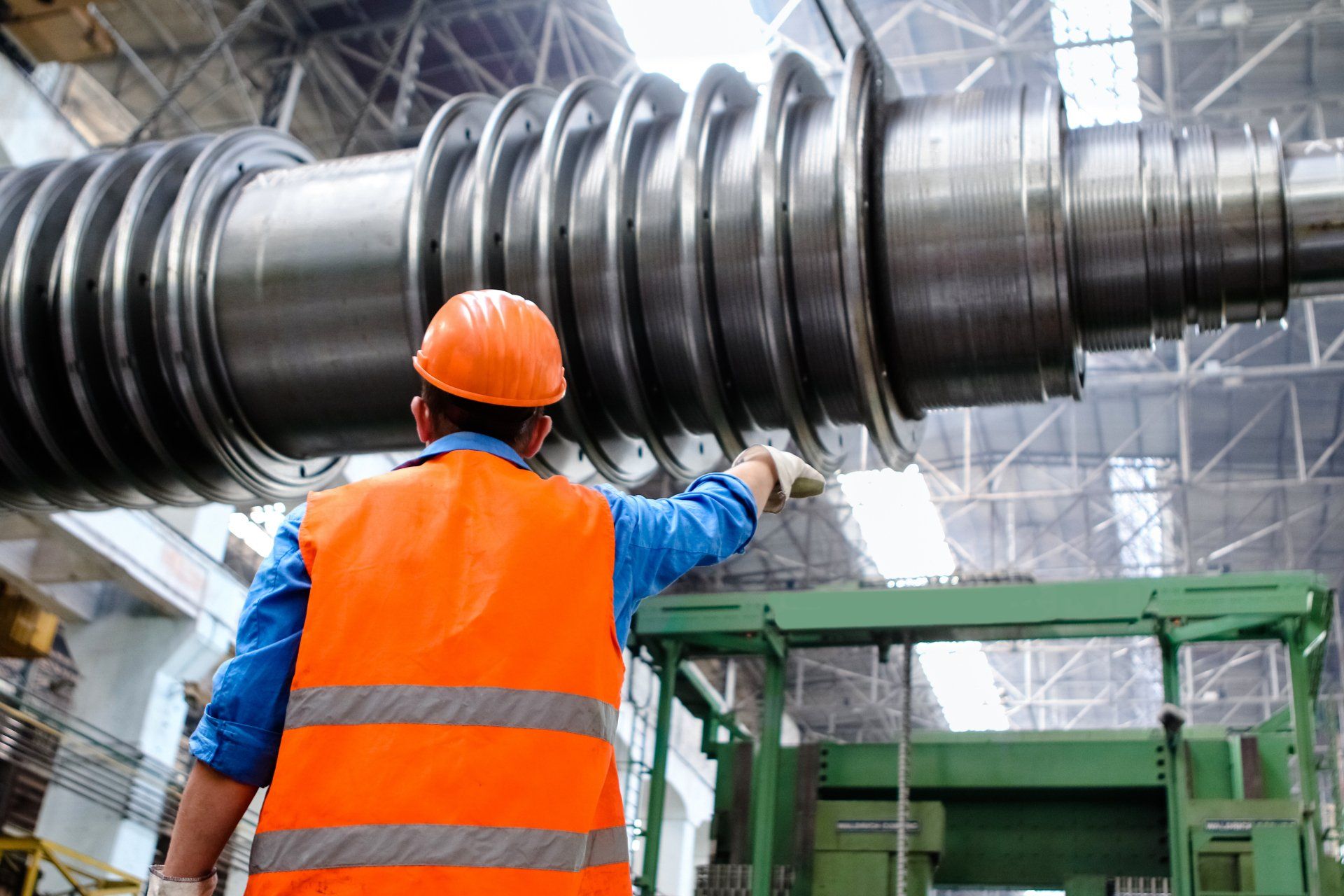Contact Us Today
Contact Us Today
What Are The Top Hazards Associated With Spray Foam Insulation?
Spray foam insulation is renowned for its superior energy efficiency and ability to seal homes from air and moisture infiltration. However, despite its benefits, it's crucial to be aware of the potential hazards associated with its installation and use. This blog post will delve into the top risks and how to mitigate them effectively.
Understanding Humidity in Homes
Chemical Exposure Risks:
- Isocyanates: One of the primary hazards in spray foam insulation comes from isocyanates, potent chemicals that can cause skin irritation, respiratory issues, and other health problems if not handled properly. They are particularly dangerous during application before the foam has fully cured.
- Volatile Organic Compounds (VOCs): Spray foam releases VOCs during and after application, which can degrade indoor air quality and lead to symptoms such as headaches, dizziness, and respiratory issues. Ensuring good ventilation during installation and initial curing is critical to minimize these effects.
Fire and Flammability Risks:
- Flammability During Application: The exothermic reaction that occurs as spray foam cures can generate a significant amount of heat. If not adequately managed, this can pose a fire hazard, especially near flammable materials or in confined spaces.
- Post-Installation Risks: Once cured, certain types of spray foam can be highly flammable if exposed to open flames or high heat sources. It is crucial to cover spray foam with fire-rated drywall or similar barriers to comply with building codes and enhance safety.
Improper Installation Risks:
- Poor Ventilation: Inadequate ventilation during the application can lead to excessive inhalation of hazardous fumes, posing serious health risks to installers and occupants. It's essential to use appropriate ventilation techniques to maintain safe air quality.
- Incorrect Application: Improper mixing or application can compromise the insulation’s effectiveness and lead to lingering odors and potential chemical hazards. It can also affect the structural integrity of the building if the foam does not expand correctly or adheres poorly.
Environmental Concerns:
- Global Warming Potential (GWP): Some spray foams use blowing agents that have a high global warming potential. Choosing products with environmentally friendly blowing agents can help mitigate this impact.
- Waste Disposal: Disposing of excess spray foam and removal waste poses environmental risks if not handled correctly. Following local regulations for disposal is necessary to prevent environmental contamination.
Long-Term Health Concerns:
- Chronic Exposure: Regular exposure to the chemicals in spray foam, particularly for installers or individuals in poorly ventilated homes, can lead to long-term health issues. Using proper protective gear and ensuring that living spaces are well-ventilated after installation are vital steps in protecting long-term health.
Legal and Regulatory Considerations:
- Regulations on Chemical Use: There are strict regulations governing the use of chemicals in spray foam, including required safety standards and protective measures during application. Familiarity with these regulations is essential for anyone involved in the installation process.
- Building Code Compliance: Spray foam must be applied in accordance with local building codes, which dictate safety standards including fire safety and indoor air quality. Non-compliance can result in legal and safety issues.

Best Practices for Safe Installation of Spray Foam Insulation
Ensuring the safe installation of spray foam insulation involves more than just proper application techniques; it also requires selecting a reputable company and vetting the products they use. Here are some detailed steps to help you make informed decisions:
Finding a Reputable Company:
- Research and Reviews: Start by researching local insulation companies. Look for reviews and testimonials from previous customers to gauge the quality of their work and customer service. Platforms like Google, Yelp, and the Better Business Bureau can provide valuable insights.
- Ask for References: Reputable companies should be able to provide references from past clients. Contact these references to ask about their experience with the company, particularly regarding safety practices and project satisfaction.
- Check Credentials: Ensure the company is licensed, insured, and certified to apply spray foam insulation. Proper credentials indicate that the company adheres to industry standards and regulations, which is crucial for safe and effective installation.
Vetting Insulation Products:
- Research Products: Investigate the brands and types of spray foam insulation the company uses. Look for products with low VOC (Volatile Organic Compound) emissions to ensure better indoor air quality post-installation.
- Product Certifications: Check for certifications from recognized industry organizations such as the Spray Polyurethane Foam Alliance (SPFA) or GREENGUARD. These certifications help ensure that the products meet specific safety and performance standards.
- Ask About Safety Data Sheets (SDS): Request the Safety Data Sheets for the products used. These sheets provide detailed information about the chemical components, potential hazards, and safety precautions necessary for handling the materials.
During Installation:
- Ensure Proper Ventilation: Make sure the area is well-ventilated during the application and curing process. This helps to disperse any chemical fumes and reduces potential health risks.
- Monitor the Process: Although you might not be the expert, observing the installation process (safely, from a distance) can help ensure that the installers are following proper safety protocols, such as wearing appropriate PPE (Personal Protective Equipment).
- Post-Installation Inspection: Once the installation is complete and the foam has cured, have the installation inspected by an independent professional if possible. This inspection can verify that the installation was performed correctly and that the foam is functioning as intended.

Mitigate Risks with Expert Spray Foam Insulation Practices
Choosing the right company and ensuring they use high-quality, safe products are key components of ensuring the safe installation of spray foam insulation. By adhering to best practices and carefully vetting both the installation company and the products they use, homeowners can mitigate the risks associated with spray foam insulation. It's crucial to prioritize safety and quality to protect both the structural integrity of your home and the health of its inhabitants.
If you are considering spray foam insulation but are concerned about the potential hazards, reach out to ProTech Insulation. Our team of certified professionals uses only the highest-quality, safety-certified products to ensure effective and safe insulation installations. Contact ProTech Insulation today to discuss your project needs and learn how we can help you navigate the complexities of spray foam insulation safely and efficiently.
Ready to work with ProTech Insulation?
Let's connect! We’re here to help.
Send us a message and we’ll be in touch.
Or give us a call today at 111-222-3333
Agency Contact Form
We will get back to you as soon as possible
Please try again later
More Marketing Tips, Tricks & Tools
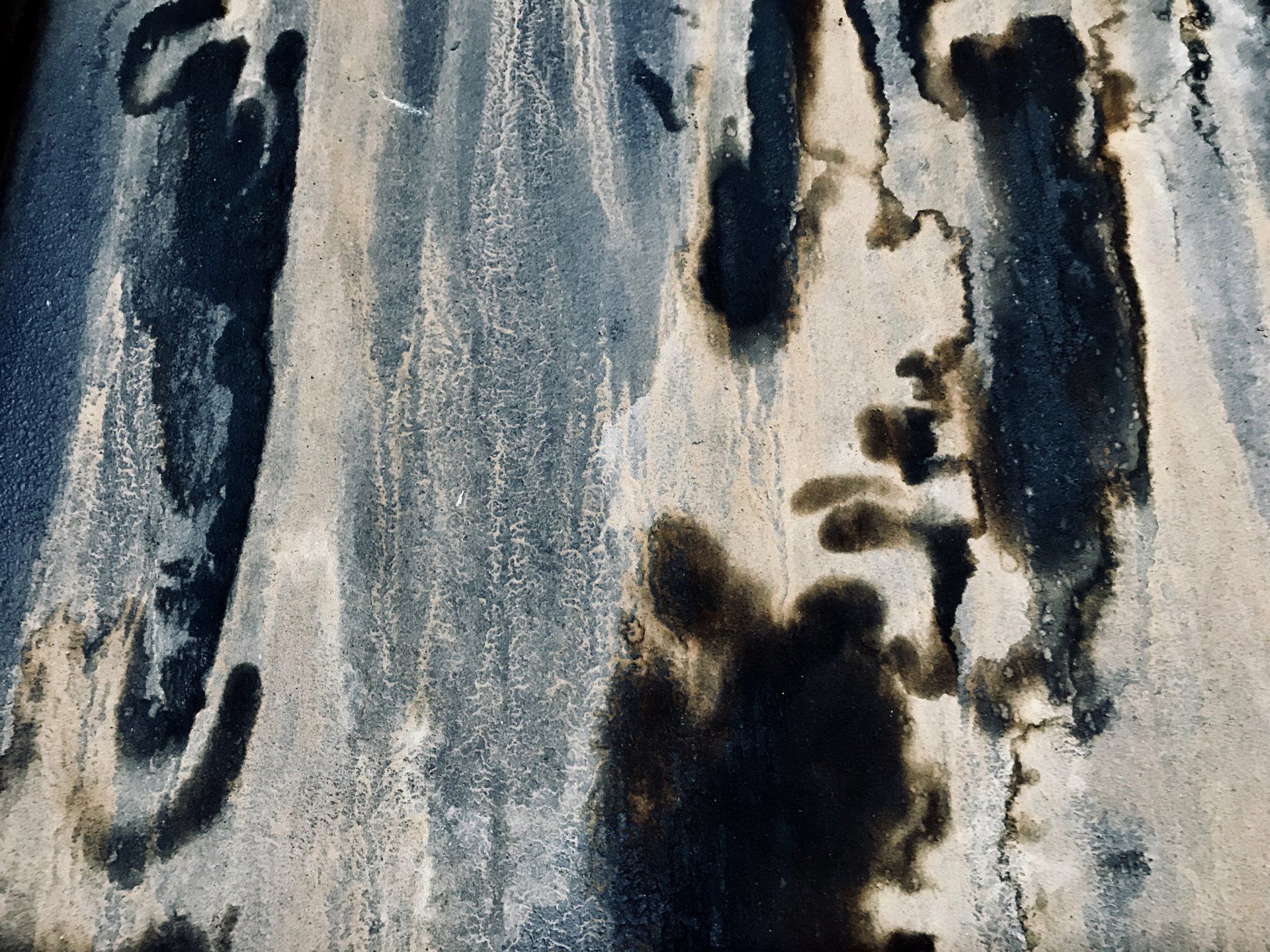
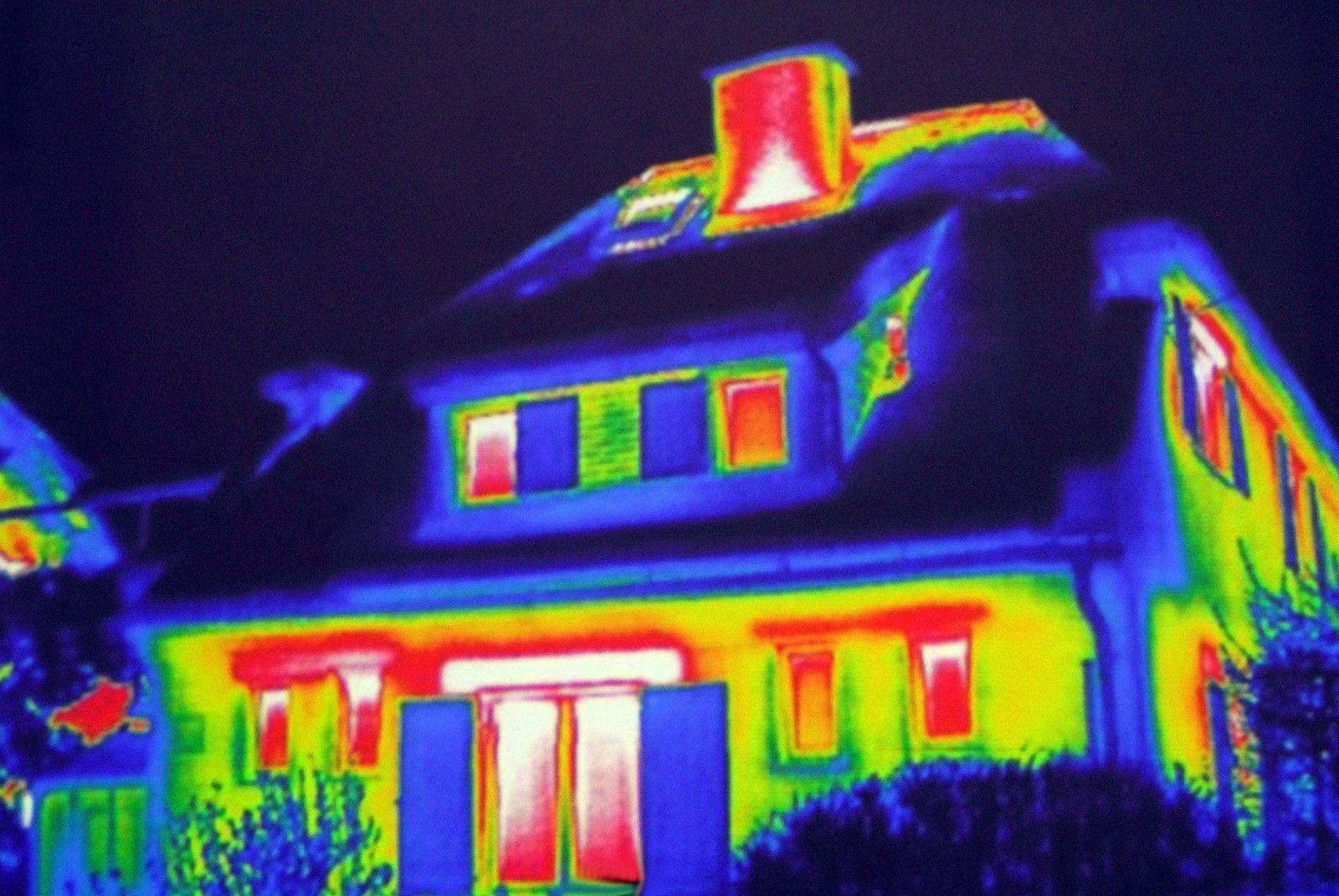

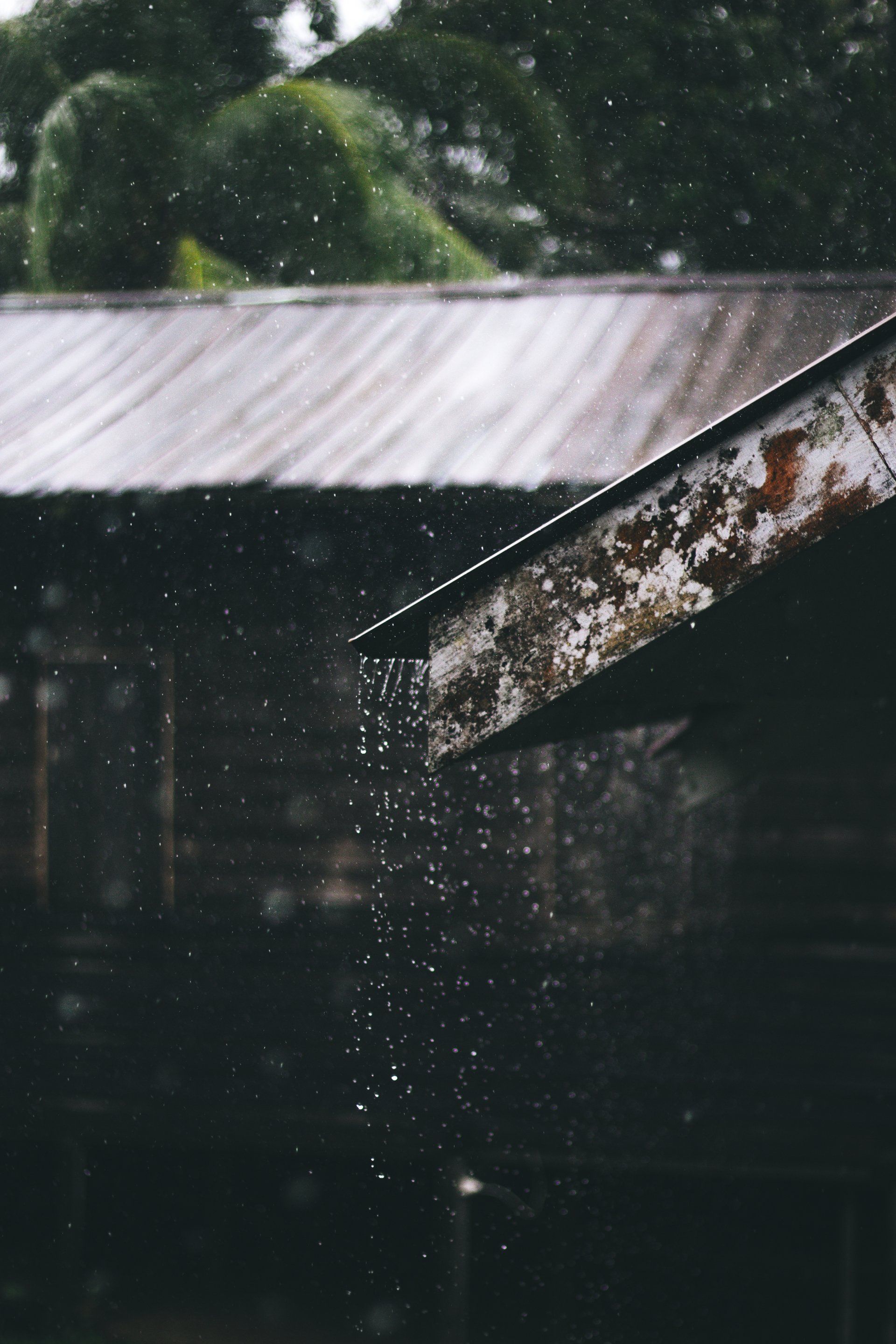

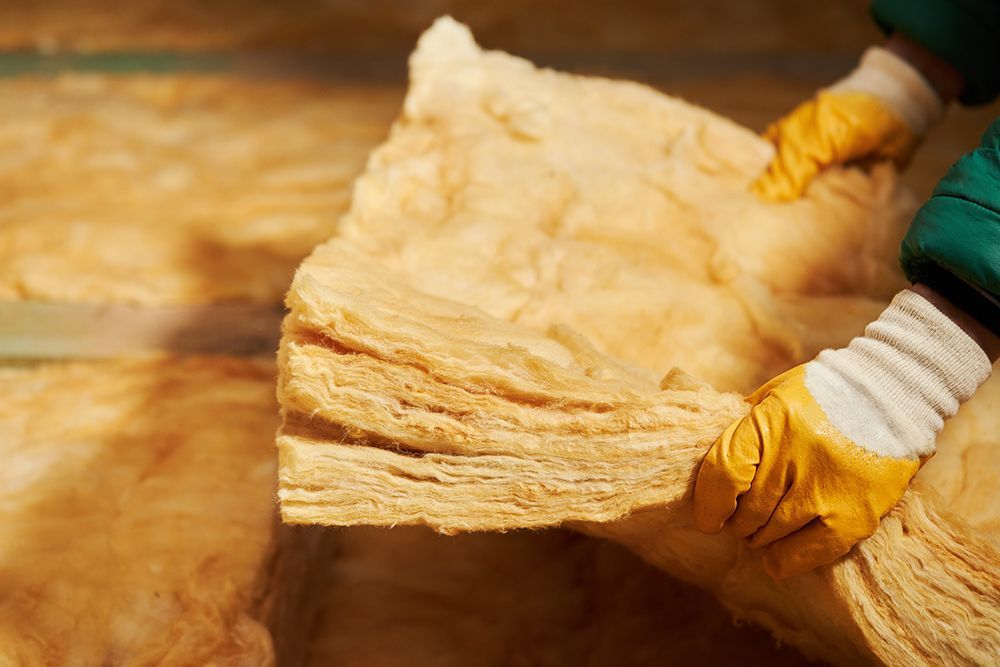


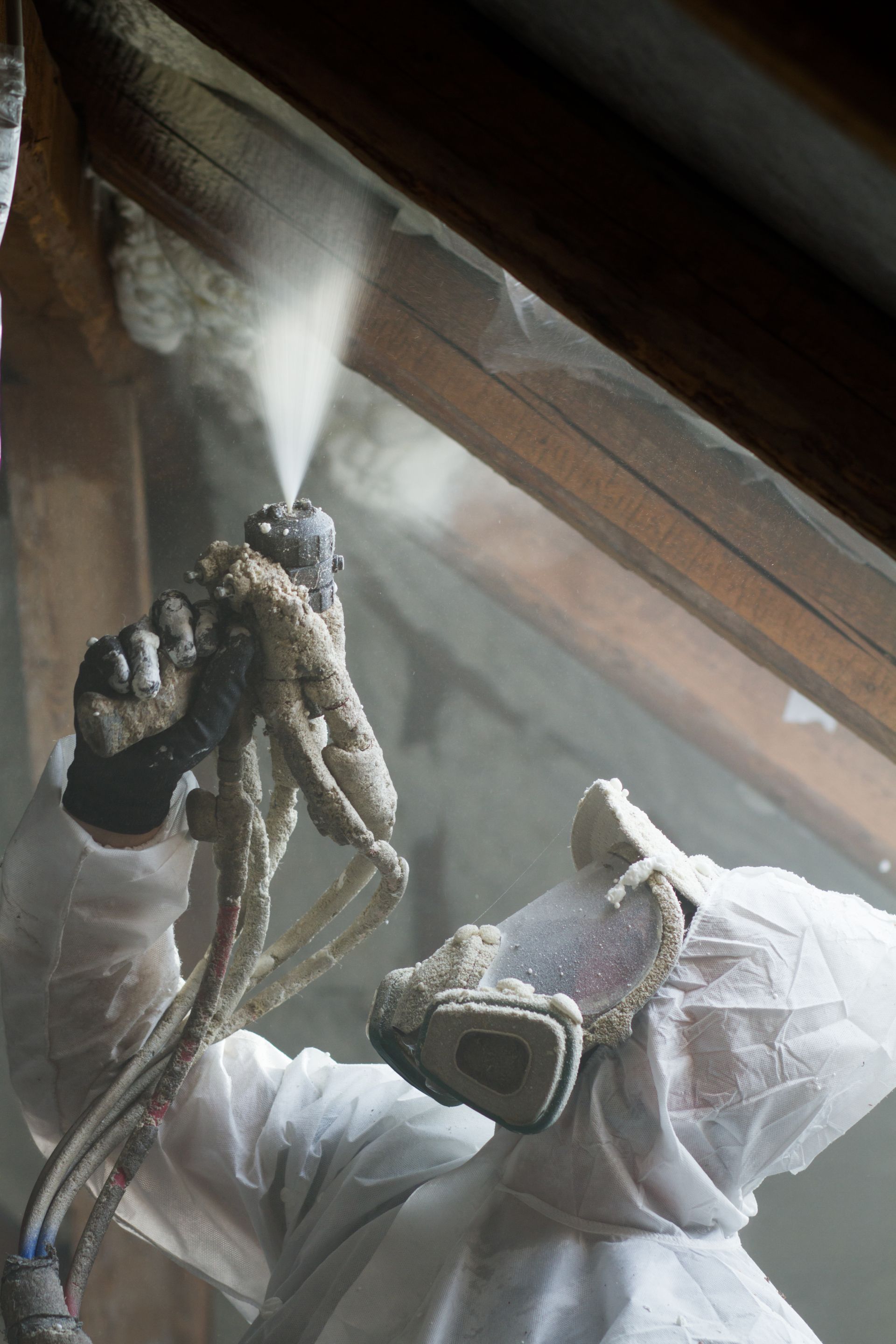
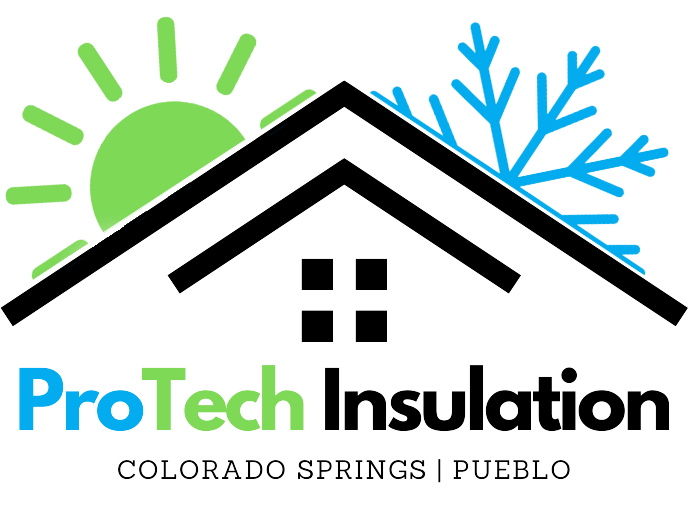
All Rights Reserved | ProTech Insulation
All Calls Sent To A Qualified Contractor

